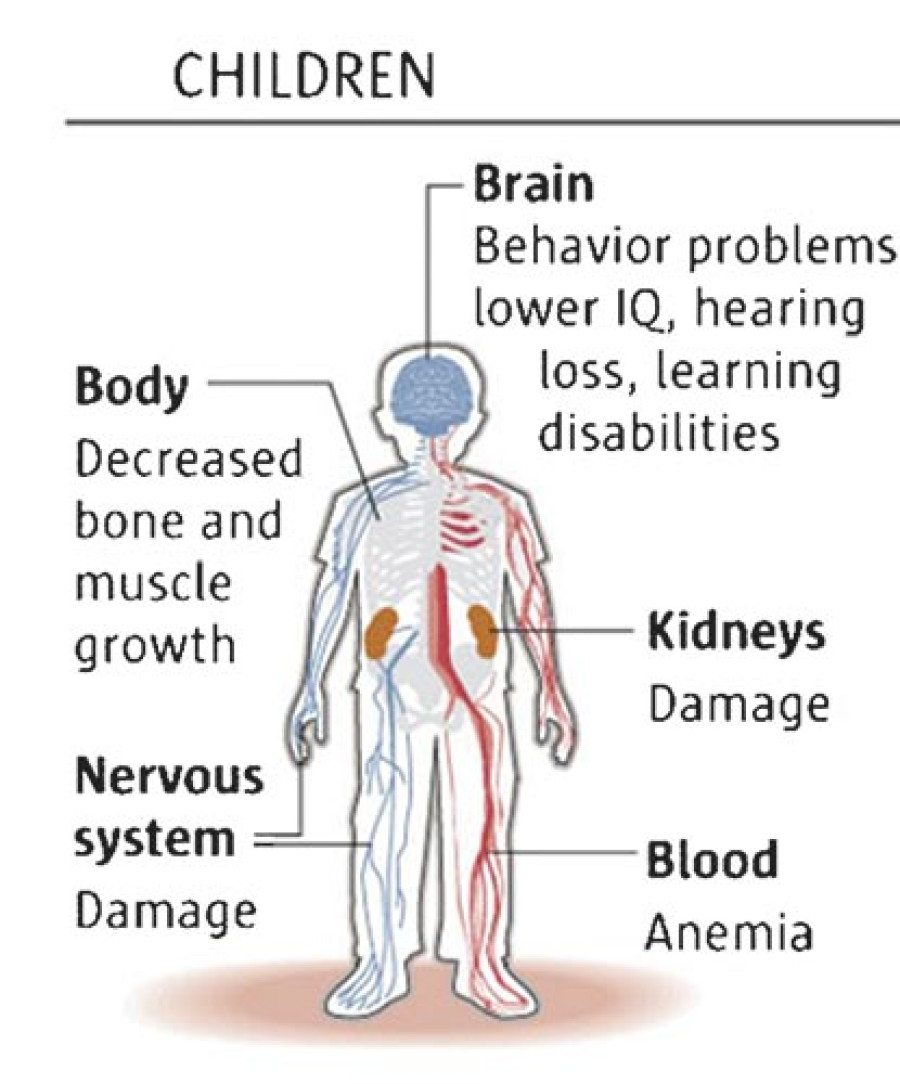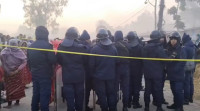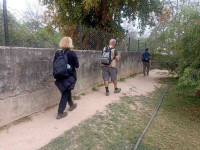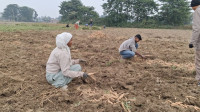National
‘Lead exposure high among children’
Children in Nepal are at high risk of lead poisoning, a recent study has suggested. A study conducted among children of school going age have revealed that maximum number of children have elevated level of lead in their blood.
Children in Nepal are at high risk of lead poisoning, a recent study has suggested. A study conducted among children of school going age have revealed that maximum number of children have elevated level of lead in their blood.
The study was done among 100 school going children— 50 each in Kathmandu and Birgunj — to check presence of the Blood Lead Level (BLL). The research findings have shown alarming situation as all the children in Birgunj, the industrial city, had an elevated level of lead in their blood.
According to the study conducted by Samyak Diagnostic Pvt Ltd, 84 per cent children had more than 10 microgram per decimetre. Likewise, nearly 26 per cent of children had the BBL between 15-20 microgram per decimetre and 12 per cent had level of 20-25 microgram per decimetre.
Likewise, the elevated level of lead was recorded in 62 per cent children tested in Kathmandu.
Sharing the results at an interaction programme among doctors and environmentalists and other stakeholder, Dr Keyoor Gautam, chairman at Samyak, said children exposed with chipped paints had high level of blood lead level.
“Though the study was conducted among small number of children, the results show that our children are at the risk. People aren’t aware about lead problems. Therefore, people hardly come for blood lead level test,” added Gautam.
Experts say any level of lead in human body is dangerous and have the potential to cause serious health conditions. Children come in contact with lead through lead painted toys, furniture, walls, lead contaminated food items, and directly inhaling lead mixed air.
According to the Global Burden of Disease (2015), lead accounts for 0.5 million of death and 9.3 millions of disability adjusted life years (DALYs). Lead exposure also accounts for 2.5 per cent of global burden Ischemic Heart Disease or Coronary Artery Disease and 12.4 per cent of global idiopathic developmental intellectual disability.
Many studies conducted over the years have shown that lead poisoning is already a serious threat to public health in Nepal. Besides other natural sources, Nepalis, mostly children, are getting exposed to lead through paint that contains high level of lead content.
Another study by Nepal Health Research Council (NHRC), which was concentrated among 300 children between 6 to 36 months in Kathmandu Valley, had shown that nearly 65 per cent of children had BBL of more than five microgram per decilitre.
Addressing the event, Dr Khem Bahadur Karki, NHRC member-secretary said: “People are extremely vulnerable to lead exposure. However, lead is neglected in our discussion and curriculum. If we test our blood, we all are likely to be tested with some level of lead.”
Participants at the programme, jointly organised by Centre for Public Health and Environmental Development (CEPHED) and LEADERS Nepal as the part of International Lead Poisoning Prevention Week of Action 2017, discussed role of doctors for eliminating lead poisoning in country.
Padam Bahadur Shrestha, environmental law committee coordinator with Nepal Bar Association, said that doctors can be instrumental in informing people about the effects of lead and producing evidences for making the state accountable in addressing its hazards.
“Doctors can also help in formulating policy once they start mentioning the causes behind health problems due to lead exposure,” he said.
Amod Kumar Pokharel, faculty with University of California, Berkeley, suggested conducting a nationwide blood level lead screening to understand the larger picture of lead poisoning in the country.
Durga Dawadi, director general of Department of Environment, said limited resources has been an obstacle for regular monitoring of compliance of lead standards set by the government.
“We have only 16 inspectors with the department. In such scenario, doctors can play crucial role if they warn patients about lead and its effects and encourage them for blood test,” said Dawadi.
Ram Charitra Sah, CEPHED executive director, said the government should come up with effective monitoring mechanism to tackle the threat of lead poisoning.
“We have been successful in restricting lead contents in paints. Now, the government and concerned agencies should come together for lead free children for a healthy future,” he said.




 11.12°C Kathmandu
11.12°C Kathmandu












%20(1).jpg&w=300&height=200)

